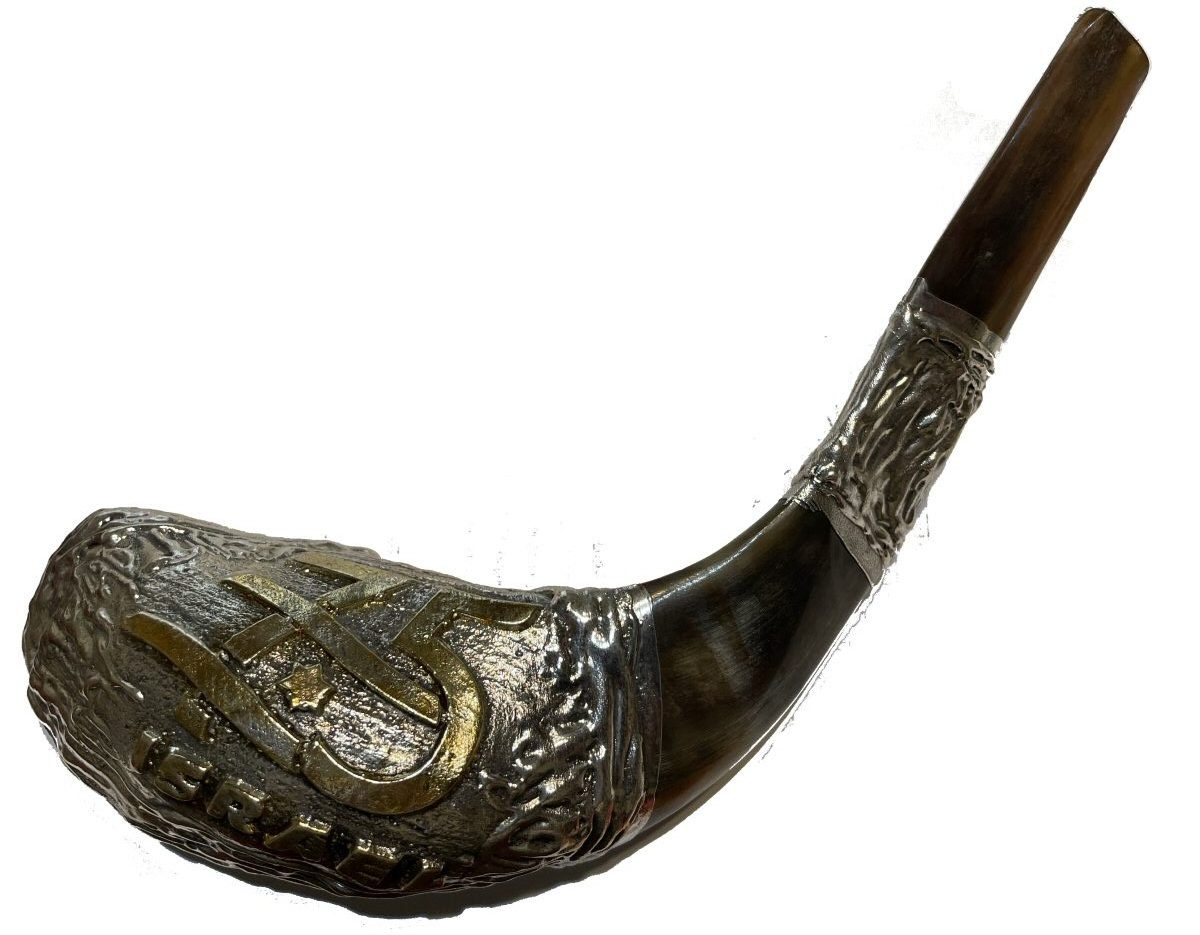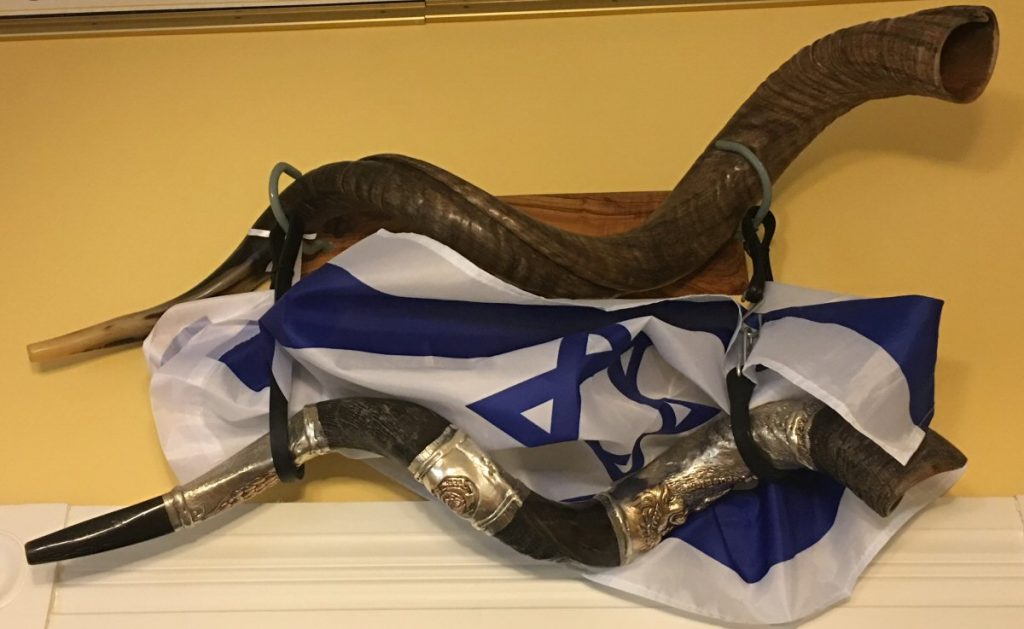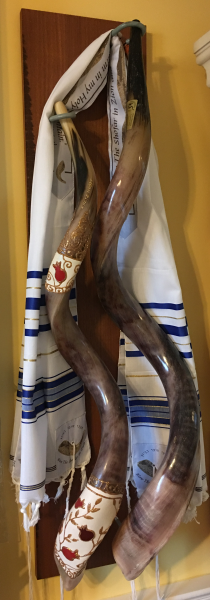“Professional Shofar Blower / Player!”
The shofar has four sounds:
- Tekiah, a long, loud blast calling people to attention;
- Shevarim, three broken blows which sound like crying;
- Teruah, nine or more staccato rings serving as a wakeup call to the new year; and
- Tekiah Gedolah, a great blast played at the end of the Rosh Hashanah service.
TE’KI’AH – a long blast with one or two notes. Praise/Worship
SH’VA’RIM – 3 medium blasts, two tones each. Repent /Broken
TE’RU’AH – 9 short, staccato blasts. Warfare & Victory
TE’ KI’AH GE’DO’LAH – an extra long single blast. It is the jubilee note extended as long as one can … and represents the great last trumpet sound when the Lord returns as King when we who are saved receive new bodies and we are all healed. Also used to call upon God. A thanks for his Mercy /Goodness/Redemption.
Joel 2: 1 –
Blow the trumpet in Zion; sound the alarm on my holy hill.
Let all who live in the land tremble, for the day of the Lord is coming.
15 – Blow the trumpet in Zion, declare a holy fast, call a sacred assembly.
16 – Gather the people, consecrate the assembly;
 The person who blows the shofar is sometimes called the Baal Tekiyah. Baal Tekiyah means shofar blower in Hebrew. There are four different ways to blow the shofar:
The person who blows the shofar is sometimes called the Baal Tekiyah. Baal Tekiyah means shofar blower in Hebrew. There are four different ways to blow the shofar:
The shofar is commanded in the Torah (Numbers 29:1). It has two principal, seemingly contradictory, purposes — as a call to war (Numbers 10:1-10) and as a proclamation of freedom (Leviticus 25:9). The Shofar is mentioned seventy two times in the bible in various contexts and functions. In the revelation of Sinai the very strong sound of a Shofar, which shocked the people, was heard among the sounds and bolts. Here is the description in the book of Exodus (29, 16-19)
 The most common shofar is made from a ram’s horn (12″-15″), in fact, the shofar is sometimes referred to as a “ram’s horn”. The horn’s wide base surrounds a core bone, which connects it to the ram’s head.
The most common shofar is made from a ram’s horn (12″-15″), in fact, the shofar is sometimes referred to as a “ram’s horn”. The horn’s wide base surrounds a core bone, which connects it to the ram’s head.
The longer version of a shofar comes from an African Kudu antelope. The kudu horn (24″-40″) is the ancestor of the loud, buzzing South African vuvuzela and is reminiscent of the Jewish ritual ram’s horn known as a shofar. The spirals help the bulls lock horns with each other when engaged in fights over cows. As its name suggests, the giant eland is the world’s largest antelope. Greater or Cape kudu bulls have the longest horns.


